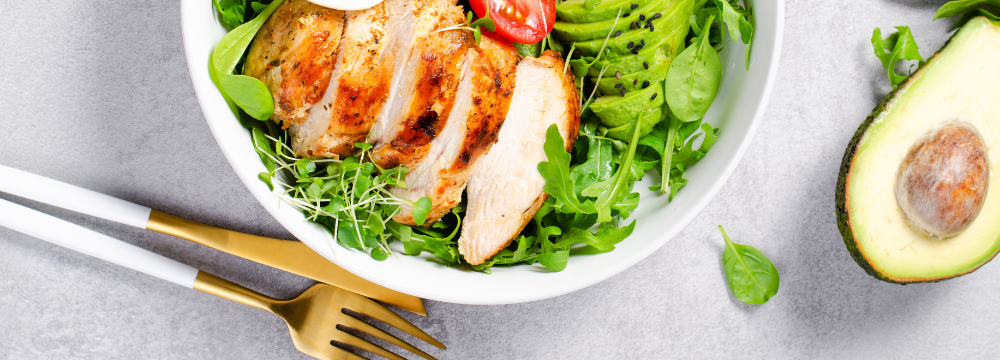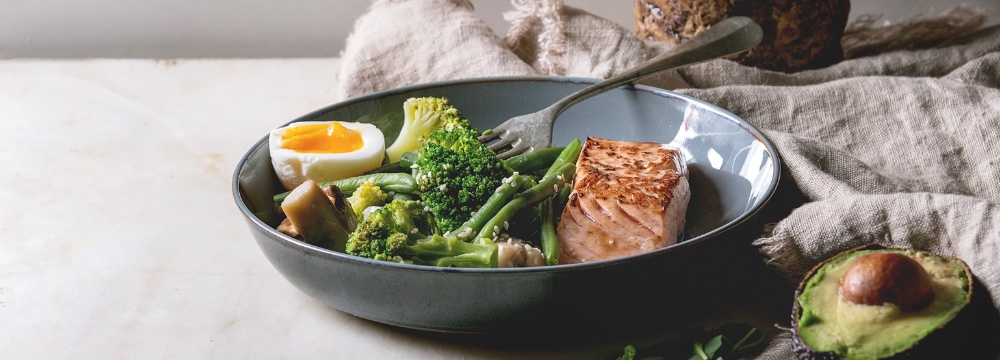As if making healthy eating choices wasn’t challenging enough, here we are facing maybe one of our greatest nutritional epidemics – weaning ourselves off the incredible amount of hidden, and not-so-hidden, sugars in our modern diets. This is not about the table sugar that we swirl into our coffee or the obviously sugary doughnuts we avoid in the office breakroom. Our addiction to, and failure to conquer, sugar goes beyond the obvious.
Sugar is used as a filler to do everything from make ”nonfat” foods palatable, to enhancing processed foods like sauces, soups, packaged meals, and dressings. As sneaky a culprit as sugar is, if we take the time to look, we will see that it is hiding in plain sight in many of our most-consumed foods. One would think the worst offenders are the drive throughs, chain restaurants, and of course, our indulgent sweet treats, but what might be most surprising is to learn that grocery stores are a minefield when it comes to excess sugar.
First let’s explore why sugar is “bad,” going beyond the obvious weight gain. Foods processed with sugar not only end up around your middle as dangerous brown fat, but can also lead to things like diabetes, inflammation, and insensitivity to things that are sweet. Meaning, once you get a taste for processed foods and restaurant meals, it becomes difficult to understand how overstimulated we are by sugar. Many big restaurant chains spend millions finding the optimal sugar/fat/salt ratios to hook us in, but these clever manipulations are also found on your grocery aisles. Of course, sugary breakfast cereals come to mind, but have you thought about your spaghetti sauce? Have you taken a look at your kids’ macaroni and cheese packaging, your morning yogurt, or even your “healthy” bottle of salad dressing?
Studies have shown that reducing sugar can reduce inflammation, and in turn, begin to heal illness and discomfort. While many ambitiously try a total sugar detox, it’s likely best to slowly eliminate these trigger foods from your grocery cart and restaurant table.
The obvious first step is to eliminate things like sodas, fruit juices, and sweet treats. Even diet drinks, although not containing actual sugar, use artificial sweetener that trigger your brain to crave more sweets. So, while you’re not ingesting the same calories, you’re still stuck in that vicious cycle of wanting and needing sugar.
Some other places to look:
Fat-free/Low-fat foods – Too often, to make up for lost flavor, some products use ample sugar to make these non-fat foods edible. Even seemingly healthy yogurts often have as much sugar as a bowl of ice cream.
Restaurant dining – We all stare at restaurant menus, trying to weigh our options, deciding that tonight will be the night to make a healthy choice. Nothing is more frustrating than eating a restaurant salad and learning later that the calories were as high as other menu items that you responsibly turned down. Hiding within that salad can be sugar-filled dressings, crunchy toppings, dried fruits, and a host of other add-ons that can make that salad a calorie bomb worse than some of the more indulgent menu items.
Coffee Shops – We all deserve a break, and for some of us, a stop at our favorite coffee house is the perfect way. But would you believe that some of our favorite coffee drinks are comparable in sugar, calories and fat to a straight-up milkshake? Full of cream, sugar, additives, and flavoring, these drinks are made to keep us coming back for more.
While a life of moderation is key to both physical and emotional lifestyle balance, by beginning to sort out what we choose to eat from what is hiding in our foods, we can begin to better our choices, enjoy some intended indulgences, and understand the reasons behind the two.










